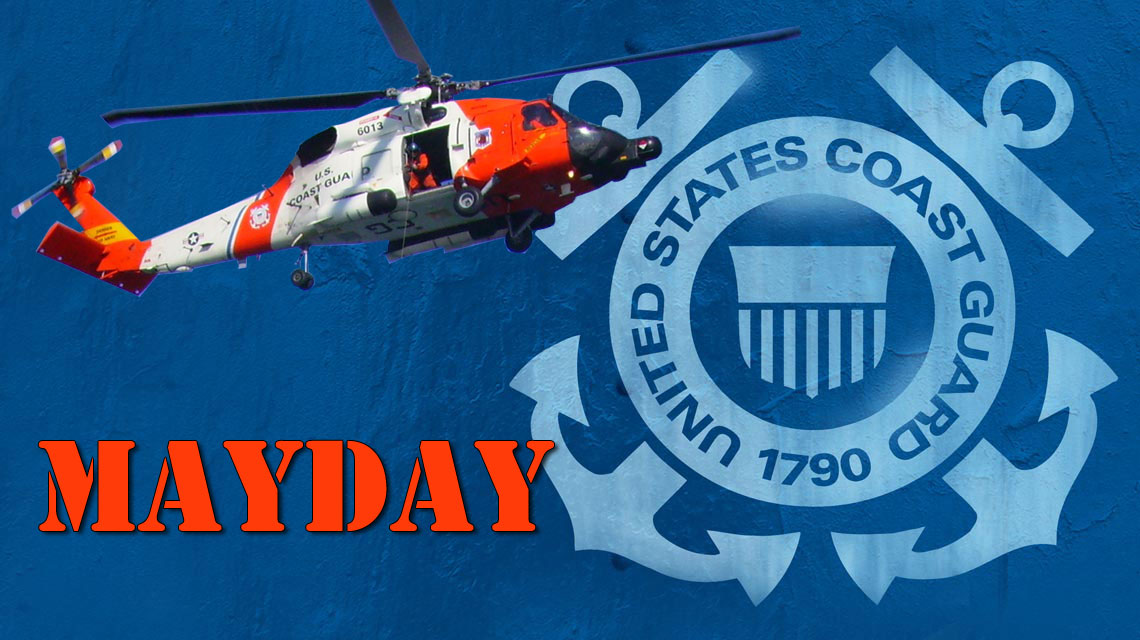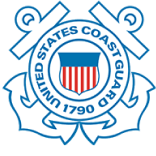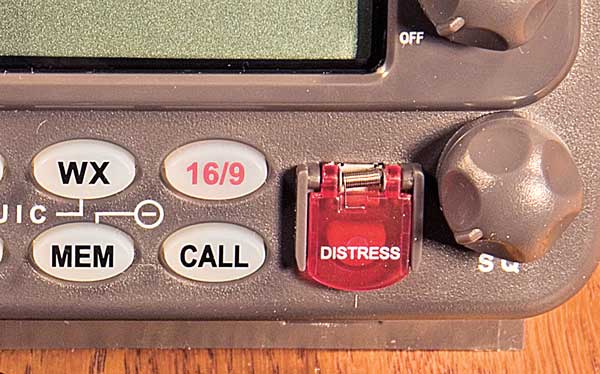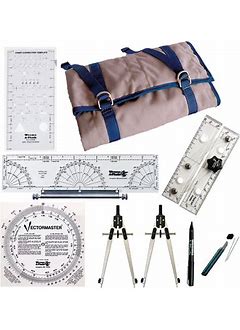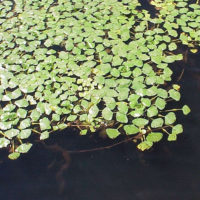1-800-832-7191
What is the Difference Between Hulls
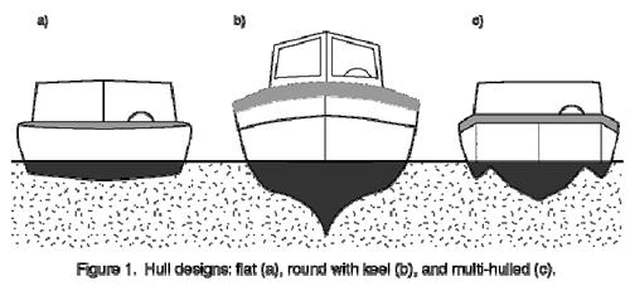
What is the difference between hulls you ask?
There is a huge difference between hulls and to clarify, there are many hull designs to consider when purchasing a boat. We’ll take a look at a few hull designs and what waters they are intended for. So, before we do that, you should know that there are two categories that all hulls fall into. First is displacement hulls. Displacement hulls are designed for a slower, steady vessel like a ferry or large yacht. Second is planing hulls. Planing hulls are designed for faster speeds and meant to skim along the top of the water. There are hundreds of hull designs but they all fall into the two categories of Displacement and Planing.
Why is it important to know the difference?
Knowing the difference between hulls is ever so important. The single biggest mistake you can make is to choose the wrong hull for where you’ll be boating. For instance, you would not want to take a flat bottom hull on Long Island Sound. It would be rocking and rolling all day long making you sick. The sound would be more conducive to a displacement hull. Pontoon Boats can be deceptively hard. There is very little draft from the surface to the bottom of the Pontoon. The flat square sides catch the wind. As a result, this combination can be very difficult when it comes to docking. The upside is that they are super stable in the water.
What about the length of the Boat?
It’s also important to know that one should have a bit bigger boat on the Sound. In my opinion consider something 24 feet or longer. On the other hand, a 24 foot boat on a lake is getting a bit big and cumbersome. In short, you don’t need all that boat on a lake.
Looking at the pictures of the Hulls above
Firstly take a look at figure 1 a.
Many planing hulls are variations of the flat bottom hull and have the following characteristics:
- Good load carrying
- Inexpensive to construct
- Below average in holding a courses at low speeds and tend to slide or drift
- Produce a much rougher ride in waves
Secondly take a look at figure 1 b.
The VEE-shaped hull, although a flat-bottom hull, has a pronounced Vee-shape to its bow where it cuts the water. Characteristics include:
- Good ability to hold steered direction at speed
- Deep Vees perform better in rough water
- Deep Vees also tend to roll at rest
Lastly take a look at figure 1 c.
Sometimes called the Dual Vee or Tri Vee hull due to its prominent fore design that turns into a flat hull aft and performs well with these characteristics.
- Greater Stability
- Good Tracking at low speeds
- Good load carrying capacity
- Tend toward lower freeboard heights
- Uncomfortable at speed in rough water
Above all, be smart, be safe, and remember there are no egos when passengers’ lives are in your hands.
Please visit our Public Course Schedule to view all of the classes we have available for you. Zoom Classes are available now. There has never been an easier way to get your Boating Certificate
Here is a great PDF from the U.S. Coast Guard regarding hulls on working class vessels…very interesting: CG_Cutters-Boats-Aircraft_2015-2016_edition.pdf (uscg.mil)
